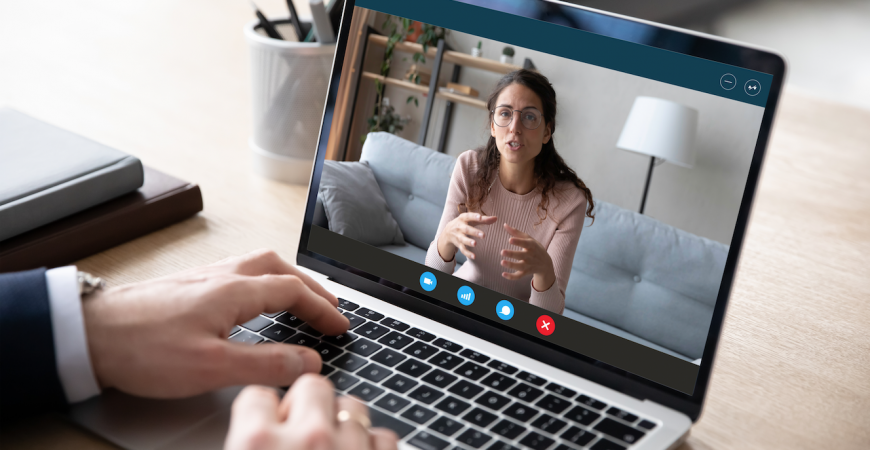In the COVID-19 world, most of us have had to adapt to working via Zoom or other technology, and the media is no different. As social distancing and isolation kicked in, journalists quickly ‘pivoted’ from conducting interviews in person to doing them via webcam.
While this was not only necessary during isolation, it was also an efficient way of conducting interviews, both for the journalist and the interviewee. For those being interviewed, benefits included not having to leave the safety and comfort of their own home, feeling more at ease by conducting interviews in familiar surrounds, not having the uncomfortable sensation of having a big TV camera in their face and not even having to wear pants if they didn’t feel like it (personally, I don’t recommend this, just in case).
But despite these benefits, there are also many pitfalls to doing interviews via your webcam. As a viewer, I’ve found it fascinating getting a glimpse inside people’s homes. But as a media advisor, I’ve often been alarmed about the quality of the interviews. Poor choices in background, camera angles and lighting can be, at best, amusing and, at worst, distracting. And that is where the danger lies: when viewers are distracted, you’ve lost your opportunity to get your message across, which is, presumably, why you agreed to do the interview in the first place.
And while we don’t all need to have TV studio-quality set ups at home, there are a few things you can do to ensure your webcam interview isn’t a disaster (and doesn’t reveal more than you want it to).
Here are a few tips to help you navigate the brave new world of webcam interviews:
Find somewhere quiet. If there are other people in the house while you’re doing your interview, find somewhere quiet and private to do the interview (preferably with a lockable door). We all remember the professor whose two children made an unscheduled appearance during a live BBC cross as their mortified mother commando rolled across the floor to retrieve them. And while it went viral, few people would remember what the point of the interview actually was.
Position the camera at your eyeline, or above, NOT below. I’m sure we have all seen up more people’s nostrils than we ever thought possible. As a viewer, it’s really hard to concentrate on what someone is saying when you’re mentally counting their nose hairs. Putting the camera at eye level during your interview gives you a chance to connect with viewers to get your point across. It’s also a much more flattering angle.
Choose your background carefully. You might love the ‘tasteful’ nude art hanging on the wall of your office, but think about whether it’s really appropriate for viewers to see, or whether it could be a distraction. As well as removing any controversial or distracting items from behind you, you may want to consider actually placing items in your background that reflect the tone of the interview or illustrate the point you’re trying to get across.
Choose a soft light. Any photographer will tell you that a yellowish, soft light is much more flattering than a harsh, white light.
Check your internet connection and webcam beforehand. It’s a good idea to do a test, with or without the interviewer, before going live to air. Watching someone try and work out how to switch on their microphone does not make great viewing.
For more in depth interview skills, CGM Communications runs full media trainings, please contact: hello@cgmcommunications.com.au
 ReGen Strategic
ReGen Strategic